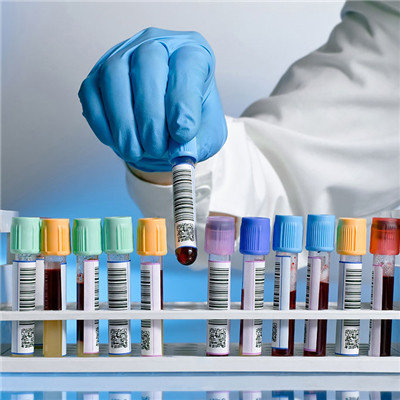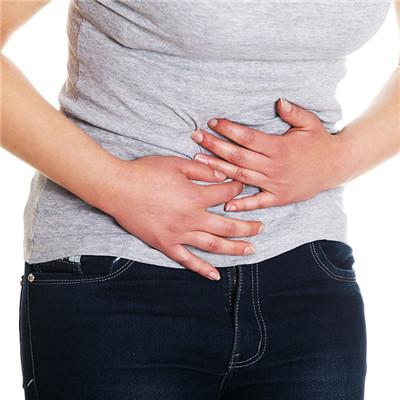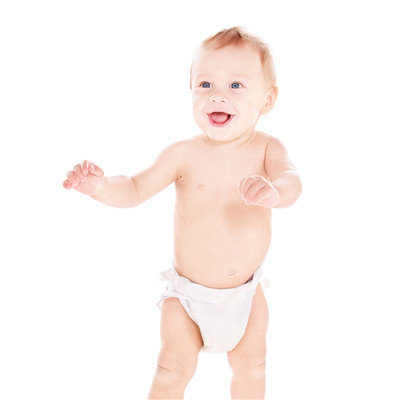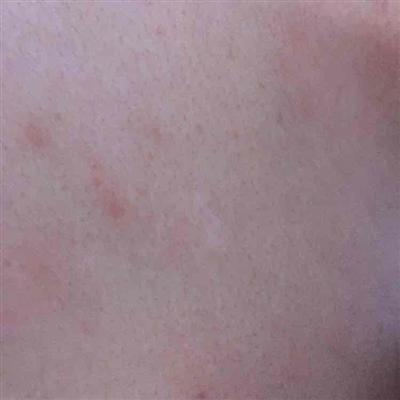What are the symptoms of children with necrotizing enteritis?
summary
Neonatal necrotizing enterocolitis is a kind of intestinal disease with intestinal ischemia damage, destruction of intestinal mucus, resulting in intestinal vulnerable to bacterial invasion. Its main symptoms are vomiting, bloody stool, abdominal distension, etc. if such symptoms are found, they should be treated in time, so as not to delay the best treatment time. Let's take a look at the symptoms of children with necrotizing enteritis?
What are the symptoms of children with necrotizing enteritis?
1. Vomit: vomit with bile or coffee like substance. Children without vomiting can often extract bile or coffee like gastric contents from the stomach.
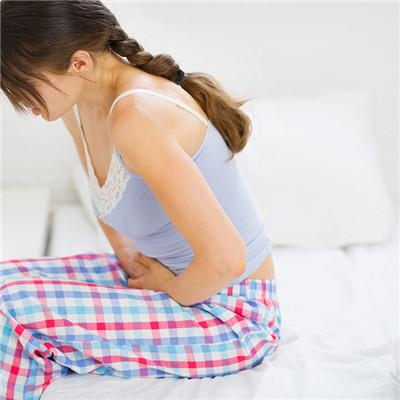
2. Abdominal distension: often the first symptom, accompanied by bowel sounds weakened or disappeared. Systemic symptoms: poor response, drowsiness, unstable temperature, apnea, bradycardia and so on can be found in the early stage. Most of the children's disease progressed rapidly, and soon appeared severe symptoms of infection and poisoning, such as mental depression, body temperature does not rise, cyanosis or paleness, cold limbs, shock, acidosis, and even frequent apnea, respiratory failure, DIC, sepsis and intestinal perforation.
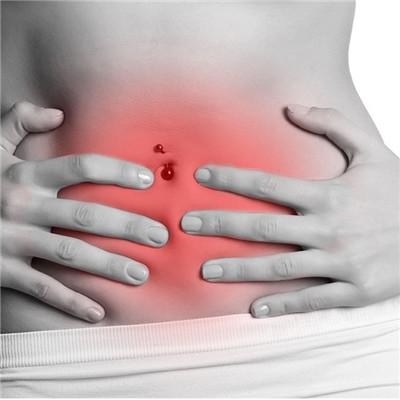
3. Hematochezia: the light one is only positive for occult blood in stool, and the heavy one is jam like or bloody stool.
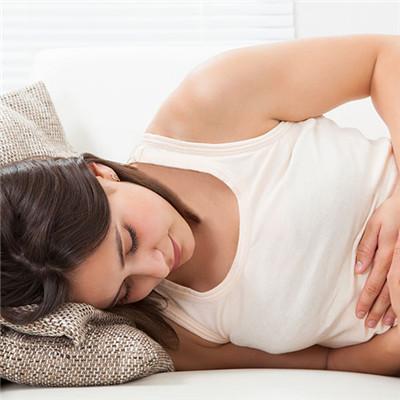
matters needing attention
1. Avoid eating prematurely. Children with necrotizing enterocolitis should avoid eating prematurely before their condition improves, so as to reduce the burden of digestive tract and promote the recovery of normal function. On the basis of controlling sepsis, children with long fasting can be given intravenous high nutrition liquid to supplement heat and nutrition. 2. Close observation of the condition, intestinal obstruction, intestinal perforation, intestinal bleeding are common complications of necrotizing enterocolitis. Close observation of the condition is helpful to early detection of complications. When severe abdominal distension, increased drainage fluid, bloody stool, frequent apnea and other symptoms or signs are found, further diagnosis and treatment should be made.
